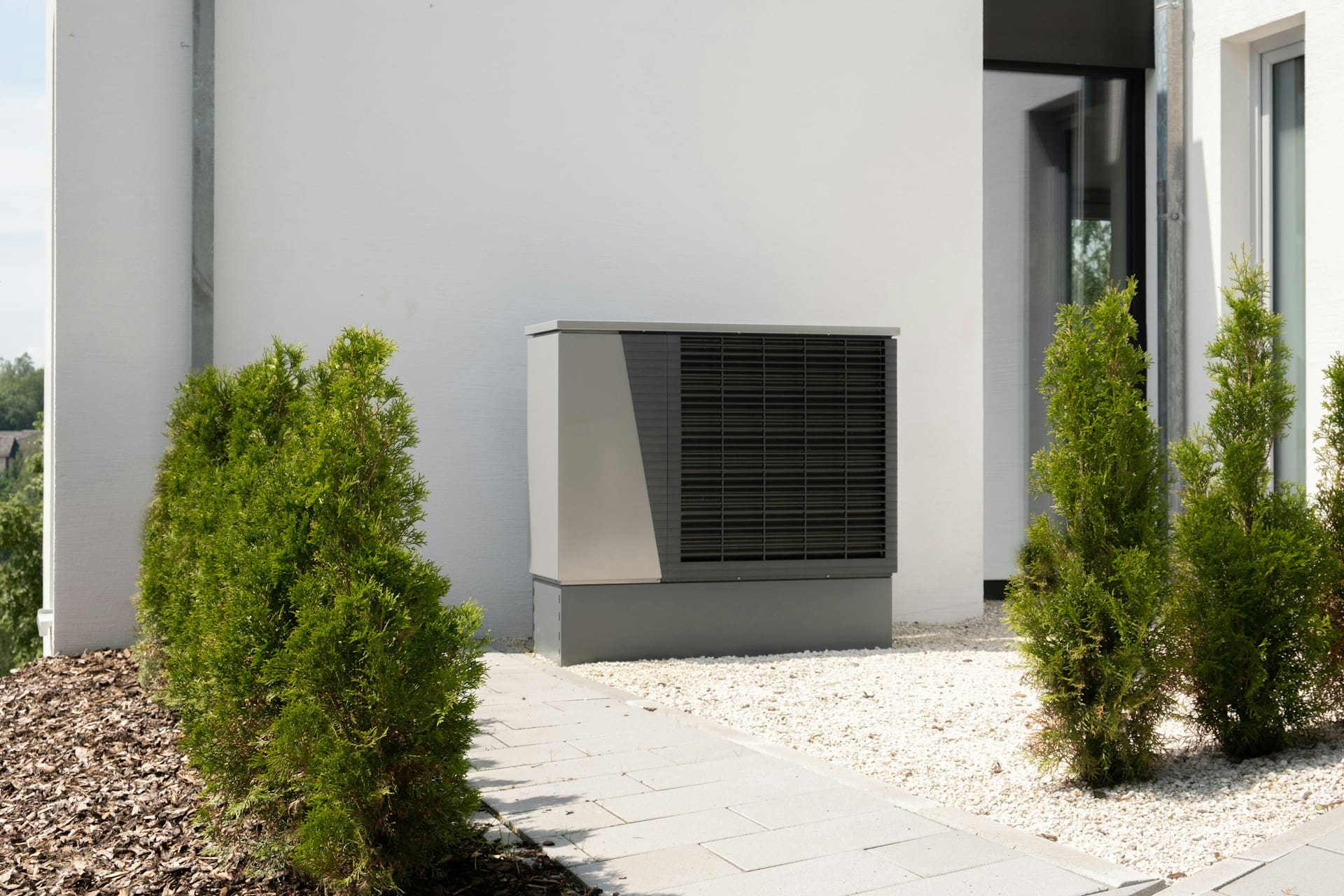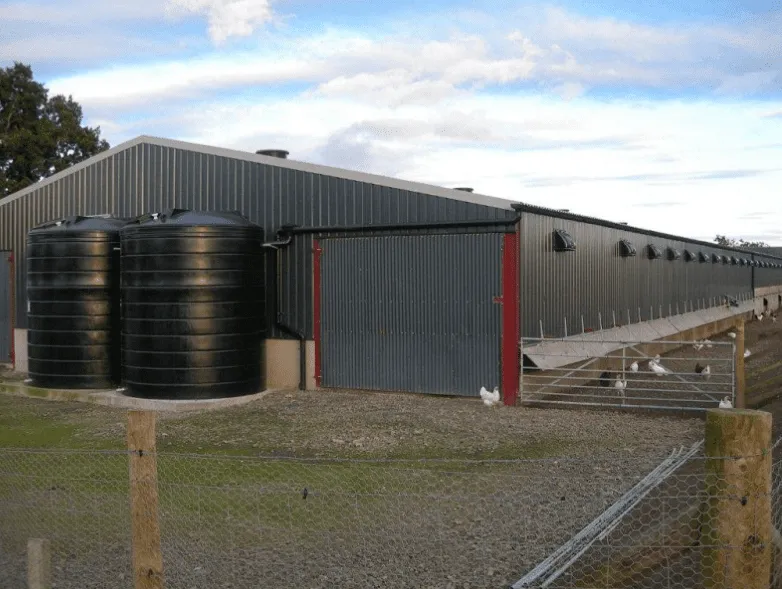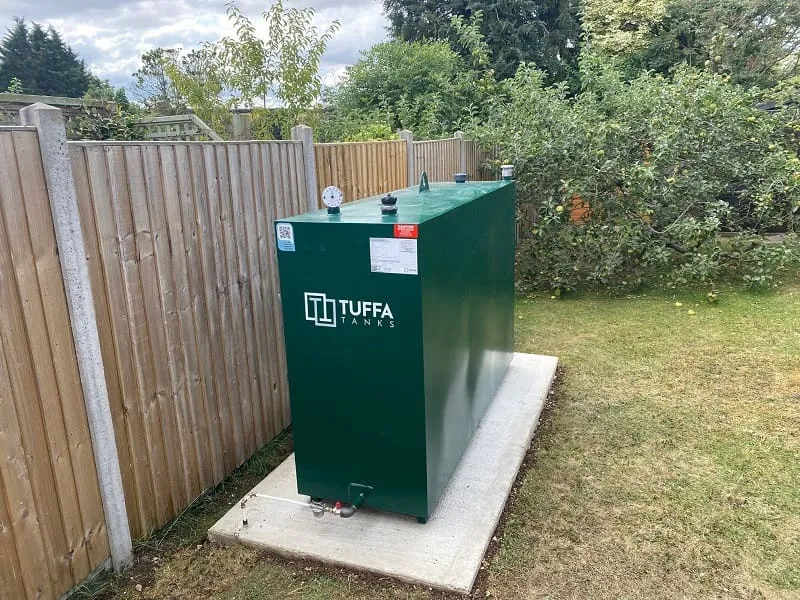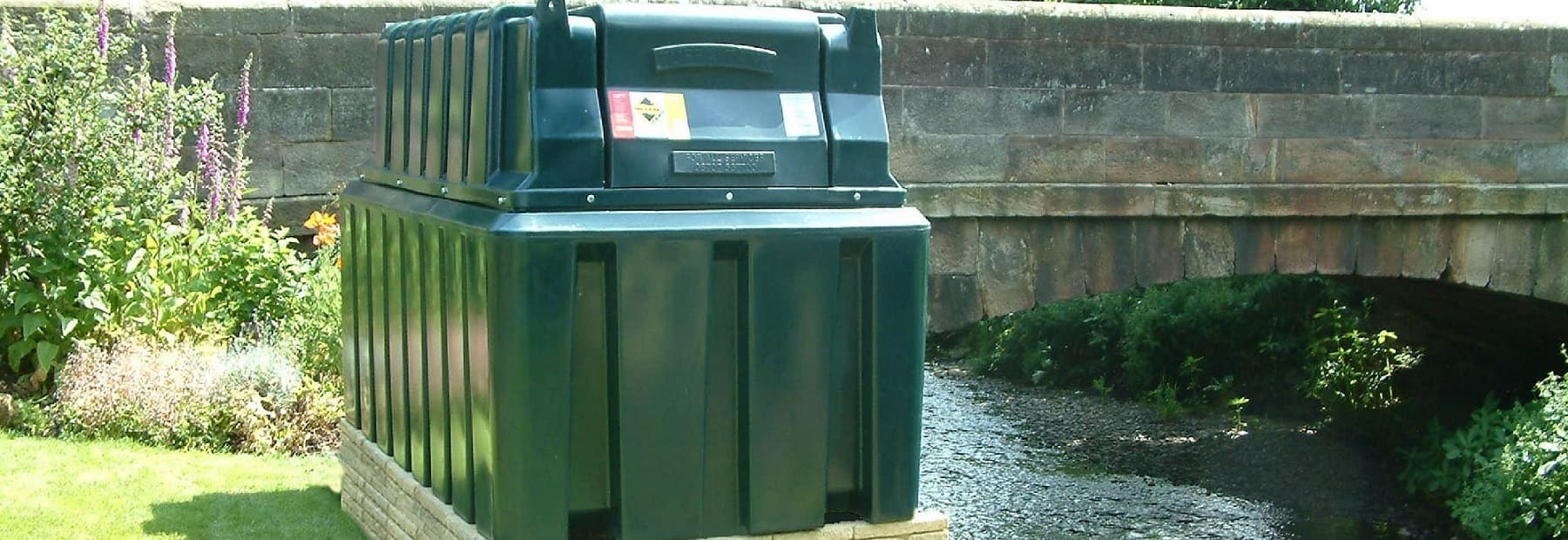Knowing how to harvest rainwater is an excellent way to create a sustainable water supply for your home or business and become more self-sufficient. Rainwater can be used in all sorts of ways from gardening to industrial use and reduces the amount of tap water you use. Until recently collecting rainwater was thought of as old-fashioned but it’s now increasingly considered a viable and advantageous alternative to tap water. In fact, using rainwater for everyday activities is the norm in many countries such as Germany, Australia and Singapore.
On a basic level harvesting rainwater is very simple and involves three stages: collection, transportation and storage. However, there are a few things to consider at each of these stages which help to improve the effectiveness of your rainwater harvesting and ensure that your water is of the best possible quality.
1. Rainwater Collection Area
The first thing to decide when harvesting rainwater is which surface to use to collect the falling rain. Roofs offer the best solution due to the large surface area which often has the guttering and down pipes required to collect the water. The important consideration here is whether your house or company’s roof is most suitable or a shed, garage or greenhouse. Use the rainwater collection chart below to see how much rainwater you could harvest.

How Much Rainwater Can I Harvest?
To calculate the volume of rainwater you can collect use the following formulae: 1 inch of rain x 1 square meter = 25 litres
The average annual rainfall in the UK is 44 inches. Check out the table below to see what your roof could yield with the average yearly rain:
| Roof Area (Sq. Meters) | Annual Water Yield (Litres) |
| Greenhouse (5 Sq. Meters) | 5,500 |
| Shed (7 Sq. Meters) | 7,700 |
| Garage (15 Sq. Meters) | 16,500 |
| Mid terrace (55 Sq. Meters) | 60,500 |
| 3 Bed Semi-Detached (70 Sq. Meters) | 77,000 |
| 3 Bed Bungalow (100 Sq. Meters) | 110,000 |
| 4 Bed Detached (100 Sq. Meters) | 110,000 |
For rainfall statistics for your exact location view the Met Office website.
2. Rainwater Transportation
Guttering and down pipes are used to transport rainwater to your storage device. To prevent contaminants entering the rainwater storage area the rainwater should be filtered. For applications such as watering the garden then gutter mesh can be used to stop leaves and debris while rain heads attached to downpipes prevent insects from laying eggs in the wet environment. However, if you are using applications which require the water to be properly filtered, then you should use a rainwater filter. The filters we supply are suitable for anything from a small domestic house to a large agricultural building.
3. Rainwater Storage
The final stage of rainwater collection is storage. The things to think about at this stage include the size of the water tank needed and where to store your tank. Our rainwater harvesting tanks come in an array of sizes suitable for anything from your garden to a large agricultural, commercial or industrial site. Check out the tank size guide below to see which capacity tank you need.

What Size Rainwater Harvesting Tank Do I Need?
| 1350 litre rainwater tank | Small-medium garden with limited space |
| 1350 – 1400 litre rainwater tank | Small-medium garden |
| 2,500 litre rainwater tank | Large garden |
| 3,500 litre rainwater tank | Garden and basic utilities |
| 6,000 litre rainwater tank | Small house including utilities |
| 10,000 litre rainwater tank | Medium-large house including utilities |
| 15,000 litre rainwater tank | Large house or small-scale agricultural, commercial and industrial use |
| 20,000 litre rainwater tank | Large scale agricultural, commercial and industrial use |
Where Should I Store My Rainwater Tank?
Placing your rainwater tank in the best location will reduce the modifications needed and prevent the rainwater collected from getting contaminated. The first thing to look for is the location of down pipes and external electricity supplies. Placing your tank next to these will prevent extra costs and reduce the length of inlet and overflow pipes required. Rainwater tanks, particularly of a large capacity, should be placed on a hard-standing, smooth flat surface. If one isn’t available then you should consider making a base out of concrete or another hard-wearing material.
If your tank doesn’t have a pump then it’s also a good idea to place the tank on high ground so gravity can help to push water through the hosepipe. Alternatively, we supply regular rainwater harvesting pump kits to pump water through a hosepipe or into other appliances, and rainwater harvesting pump kits with a mains water backup to ensure that your tank never runs out of water even in a drought.
As a final consideration, you should aim to use a naturally cool or shaded spot to store your tank. This is because the heat of the sun can cause algae and other contaminants to multiply and tanks which aren’t produced using UV stabilised material can soften and warp in the heat. All of our water tanks are UV stabilised and our vertical 1350 litre rainwater harvesting tank often offers the best solution to ensuring your tank stays shaded as it can fit in confined areas at the side of buildings, walls and fences.

How to Harvest Rainwater with Tuffa’s Rainwater Collection Kit
As well as manufacturing high standard water tanks, we also supply rainwater collection kits for domestic, agricultural, manufacturing and commercial water tanks. Our kits consist of filtration and pumping equipment which can be purchased together or separately.

Step 1
Rainwater filter diverter
Rainwater falls from the rooftop into the guttering and through the filter which diverts the water into the storage tank whilst removing dirt and debris.
Step 2
Calmed inlet
The diverted water runs down a pipe to the bottom of the tank where it’s released through the calmed inlet. This process oxygenates the existing water which prevents it from stagnating.
Step 3
Overflow siphon
When the tank reaches maximum capacity the overflow siphon diverts the excess water to drainage. It also removes pollen from the water surface to keep it clean.
Step 4
Submersible pump
A manual or automatic submersible pump directs the water from the bottom of the tank to the desired output such as a hose or washing machine.
By understanding how to harvest rainwater, the capacity of rainwater you can collect annually and the required equipment to do so, you can make an educated decision on how you can start harvesting.
If you require any advice on water storage tanks and rainwater harvesting kits then please complete the online enquiry form, or dial 01889 567700.




























